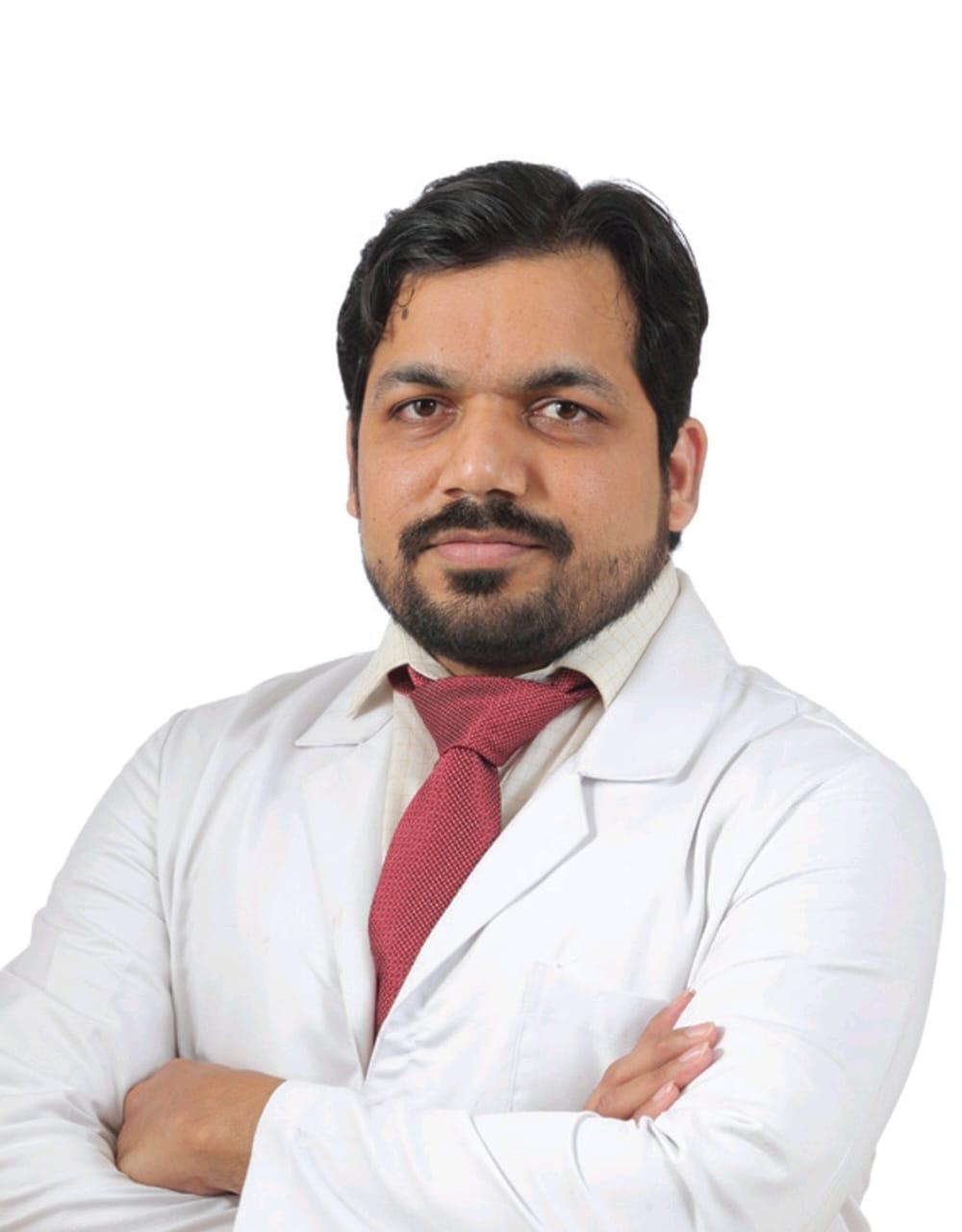Understanding COPD: Causes, Symptoms, Risk Factors, Treatment Dr. Sandeep Kadian, Intensivist, General Physician & Chest Physician, AIMS Hospital, Dombivli
This article aims to shed light on the causes, symptoms, risk factors, and treatment for chronic obstructive pulmonary disease (COPD). Chronic obstructive pulmonary disease (COPD) is a term for diseases that impact one’s breathing. Emphysema (causes shortness

This article aims to shed light on the causes, symptoms, risk factors, and treatment for chronic obstructive pulmonary disease (COPD).
Chronic obstructive pulmonary disease (COPD) is a term for diseases that impact one’s breathing. Emphysema (causes shortness of breath) and chronic bronchitis (making one prone to constant coughing) are the forms of COPD that tend to give a tough time to a large number of people. The causes of COPD are smoking, air pollution, and exposure to dust and fumes. COPD disrupts the overall well-being and quality of life.
The symptoms: One detected with COPD will have symptoms such as cough, breathing difficulties, wheezing, and bluish skin that is cyanosis. One will be unable to do tasks like climbing the stairs or exercising due to declining lung function.
The risk factors are smoking, old age, history of respiratory infections, air pollution, asthma, secondhand smoke, dust, fumes, and underdeveloped lungs. One has to understand these risk factors to be able to seek timely intervention.
The complications: Respiratory failure, pneumonia, pulmonary hypertension, and collapsed lung (pneumothorax) are the fatal complications linked to this condition.
The diagnosis: The treating doctor will take down your medical history by understanding the symptoms, and will recommend tests such as a CT scan, x-ray, spirometry, electrocardiogram (ECG), and phlegm sample to confirm the diagnosis and initiate treatment.
The treatment: Pulmonary rehabilitation consisting of exercise training, nutritional counseling, and education about the disease, enabling patients to improve their respiratory function and overall quality of life while empowering them with skills to manage symptoms better. Genomic advances allow tailor interventions based on an individual’s unique genetic makeup and lifestyle factors. This customized approach can lead to more effective medication choices that minimize side effects while maximizing therapeutic outcomes. Apart from this, one will be suggested smoking cessation therapy, oxygen therapy, inhaled medications, bronchodilators, corticosteroids, and antibiotics by the doctor. One should follow the guidelines given by the doctor only.
Preventive measures: One has to quit smoking, limit exposure to dust and fumes, get the flu, pneumococcal pneumonia, and COVID-19 vaccine, avoid crowded places, wear a mask to safeguard against air pollution and infectious diseases, disinfect frequently touched surfaces to prevent this condition.






